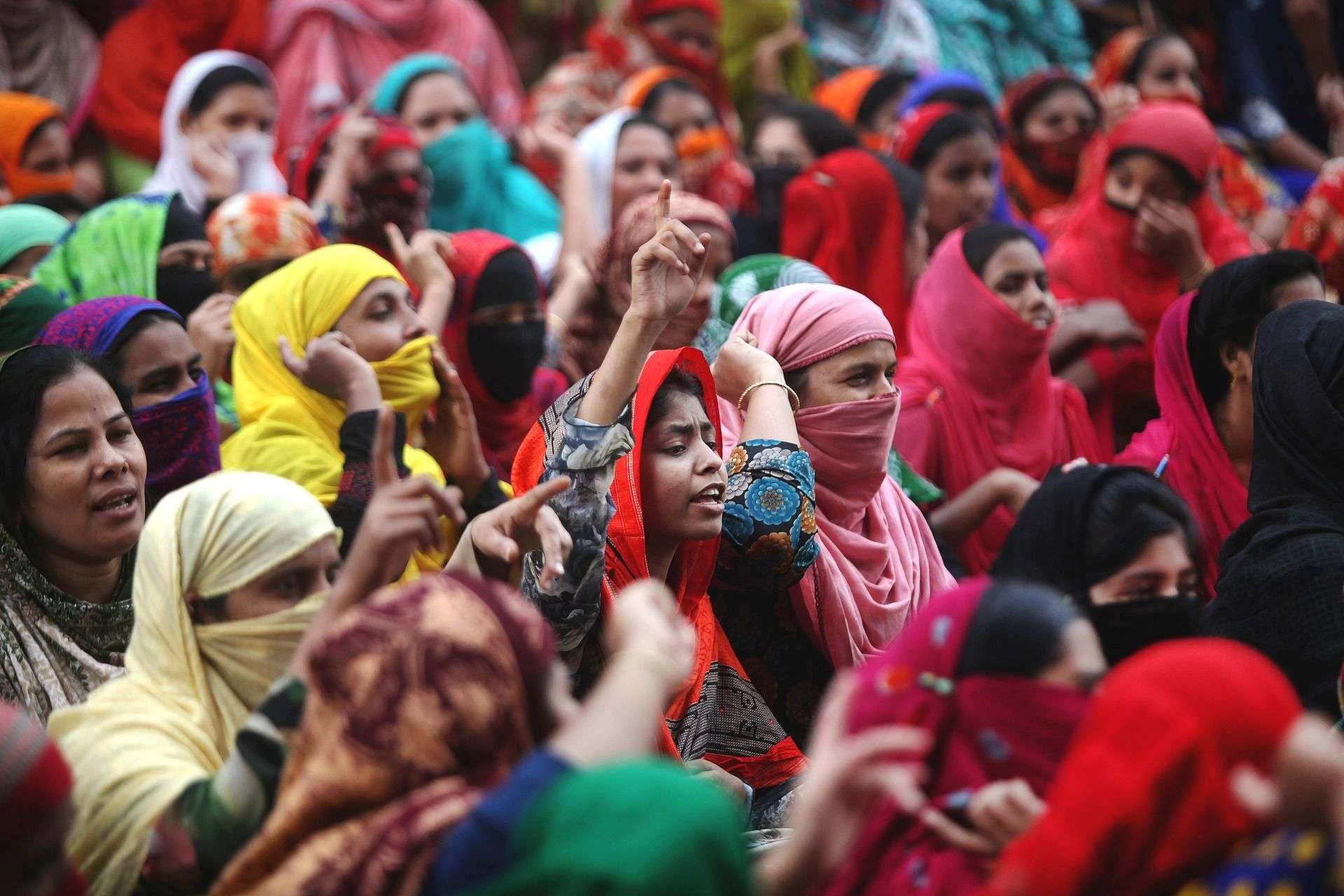The emergence of the Coronavirus pandemic challenged the way the world approached education, business, and skill development. All across the world, private and public sectors alike struggled to seamlessly convert their brick and mortar based work into digital service provision. Trying to keep productivity levels high in an attempt to not shock the global economy. However, all efforts proved to be futile. As businesses and schools globally came to a close, productivity and efficiency took a drastic nosedive. Even though the western, developed world faced their fair share of problems acclimatizing to employees working from home, the developing world suffered much more. With inadequate digital infrastructure, inconsistently available broadband facilities, unavailability of laptops, and unreliable electricity provision many students and employees found it nearly impossible to adjust to the ‘new normal’ they were suddenly faced with.
Given this dreary context, this year’s World Youth Skills Day finds the youth of Pakistan in a difficult position. Today, approximately 64 percent of Pakistanis are younger than 30 and 29 percent are between 15 and 29 (an age category we identify as the youth). Moreover, Pakistan currently has the largest percentage of young people in its history. A cause for celebration elsewhere in the world, a cause for crippling anxiety in Pakistan itself. According to some startling statistics about the youth of Pakistan as found in Pakistan National Human Development Report published by UNDP in 2018, only 14 out of 195 countries spend lesser than Pakistan on education and skill development.
Furthermore, the report states that at the current net enrolment growth rate of 0.92 percent, it will take another 60 years to reach the target of zero out of school children in Pakistan. Similarly, we add approximately 4 million people to the labor market each year (see the attached graph for youth unemployment statistics). Out of all these statistics, perhaps the most worrisome are those related to access to digital and technological facilities. The report says that 90 percent of the youth do not have access to recreational facilities, 15 percent have access to the internet, 8 percent to the radio, and only 48 percent own a mobile phone. This means many more uneducated young people in rural areas are offline for every person who is educated and has access to the Internet. This digital divide raises the powerlessness and dissatisfaction of those who do not have access to facilities that are now considered basic in other parts of the world.
Source: International Labour Organization, ILOSTAT database. Data retrieved on June 21, 2020.
Additionally, if we take a long, hard look at all the problems that plague Pakistan, e.g unprecedented population growth, lack of capital, social injustices, environmental issues, etc. We must also see how we are training the younger generations to perceive these issues. Are we honing their skills in a way that they look at these problems and formulate technological solutions? Or are we still applying centuries’ old notions of education in an attempt to aid them in their future challenges? The issues that Pakistan faces are constantly evolving, so our approach to them should be changing with the times. A digital approach to issues is the need of the hour, for our children to not be left behind by the rest of the world.
Let us also take a look at the youth privileged enough to have access to technology in Pakistan. Children and youngsters in our part of the world are increasingly becoming passive users of technology. A news article in The News International Pakistan, on November 20, 2019, published a table to show the number of downloads in each popular app in Pakistan.
These millions of users are actively participating in passive, superficial content provided by these networks; causing the youth more harm than benefit. Scrolling through apps for hours on a device that is more powerful than some supercomputers used to be previously, highlights how we have lost our way when it comes to technological education and skill induction for youth, as a nation.
It must be said though that the problem does not lie entirely with the youth. Our older generations either don’t trust technology at all or rely on it too heavily for news and other world updates. Both extreme cases that are not benefitting society in any way. The former makes them not understand the need their children or grandchildren have for technology in a constantly changing world. Hence, they might not actively push the children in their family to enhance their tech skills, favoring traditional skills and career choices, which is why we still see an abundance of doctors, engineers, and business graduates. The latter, whereupon the older generations are relying too much on platforms like WhatsApp and Facebook for news and updates, is a new phenomenon present all over the world. With fake news and disinformation being spread like wildfire because of the speed of communication, the need to sift through the noise to reach actual news is something that must be inculcated in people, young and old alike.
Amidst such a backdrop, inculcating skills in our children based on computational subjects like data, algorithms, networks, hardware, and programming is an inherent need. These subjects need to be introduced in the school curricula at all levels, starting from primary school. Only via exposure at a young age, will children be able to develop logical reasoning. They will understand how to break complicated problems into models. How to turn those models into algorithms and how to feed that algorithm into a computer to achieve the desired results. This will also help them learn programming languages early on, a dire skill needed to survive in the data-driven 21st century.
Computational thinking and logical reasoning will also enable a young mind to look at the bigger picture. It will teach them to prepare for unforeseeable events and plan for all possible situations that a model can come up with. In such a way, as a child grows he will be able to understand complex social issues in a new light and will be able to perceive analytical solutions via technology. Through inculcating technological skills in our children, we can make them go from being passive users of apps and games to participating actively in their development. Something that can only benefit the future of Pakistan’s youth.
With the Prime Minister’s initiative of “Digital Pakistan,” we seem to be on the right path, albeit a little too late. We must leverage all that we can from such a scheme for Pakistan to bridge the gap between where other nations stand and where we stand.
Conclusively, Pakistan’s age-old approach to education must see an urgent and immediate change if this is to happen. The 21st century is the techno-revolutionary decade where every sphere of life must adapt to the technological impact in the industry it exists in. The new mantra of the developed world further emphasis this point: “Data in the 21st Century is like Oil in the 18th Century: an immensely, untapped valuable asset.” Like oil, for those who see Data’s fundamental value and learn to extract and use it, there will be huge rewards. To reap these awards efficiently for all they are worth, Pakistan must build capacity in its various education streams. Now is the time to introduce technological education, robotics, learning in AI, IoT, and data at all levels of education. This World Youth Skills Day lets urge our leaders to prepare our children for a better future by inculcating the technological skills needed to face the challenges of a ‘new normal’.






